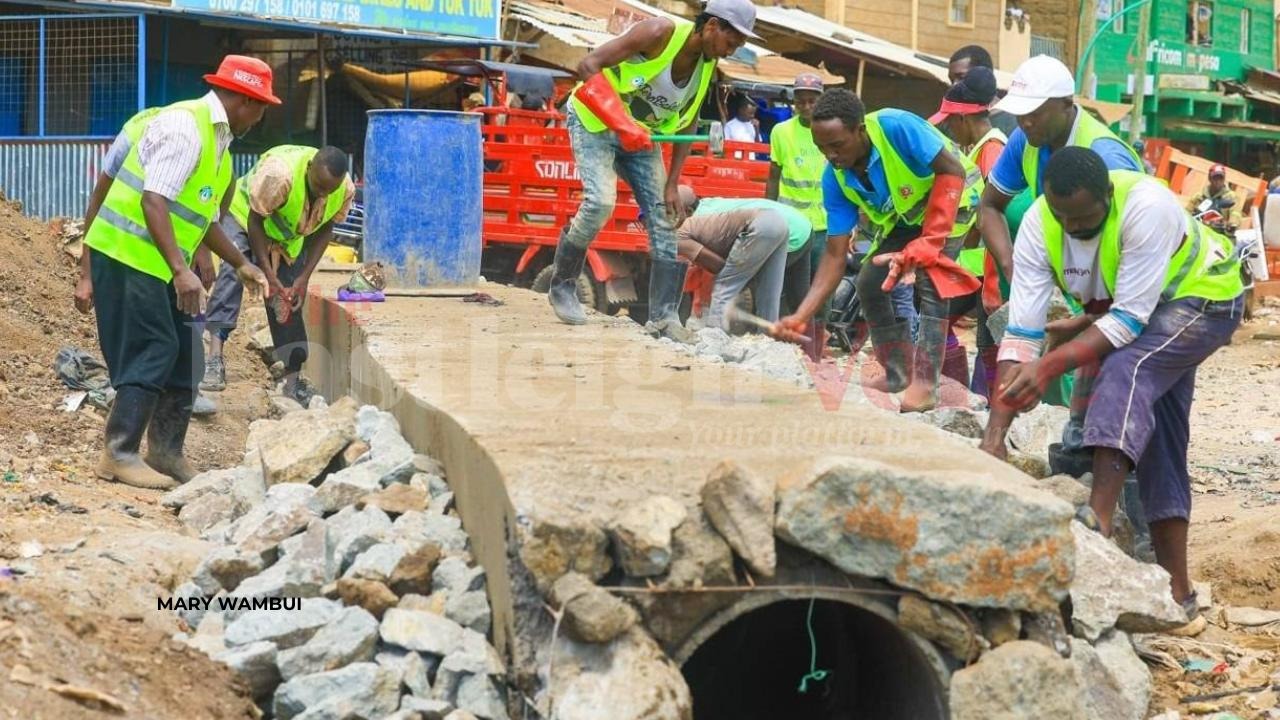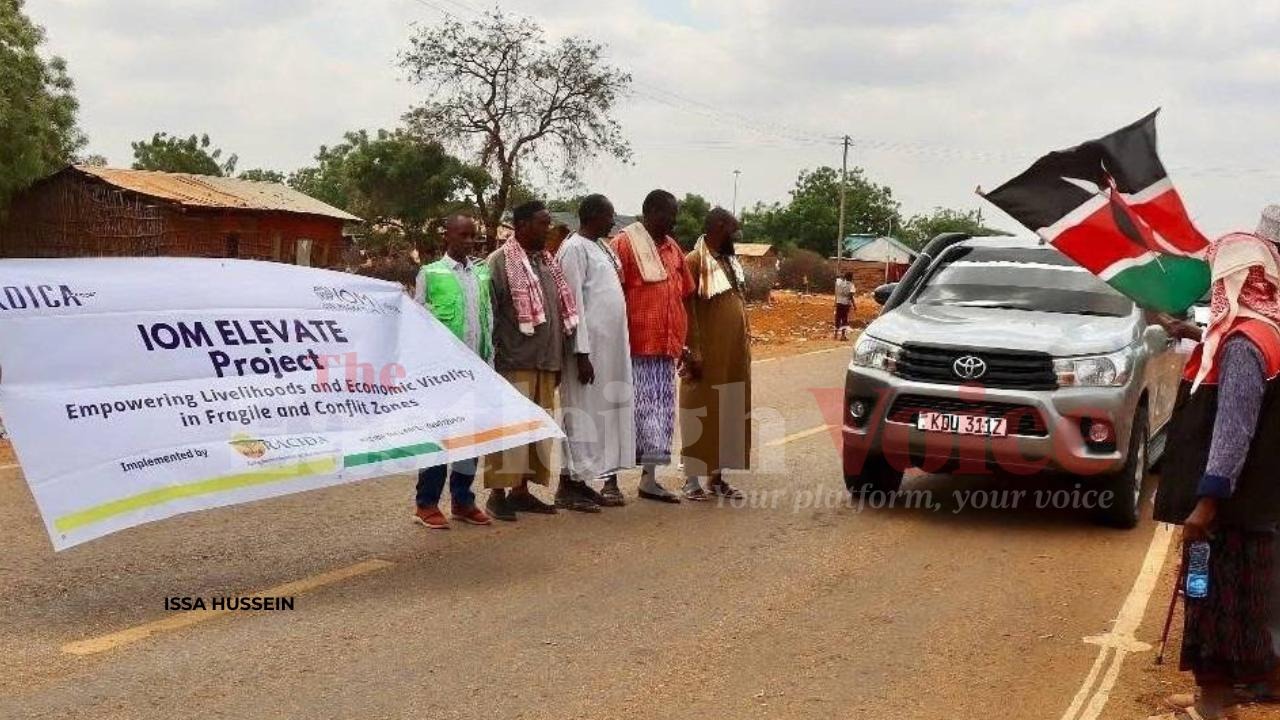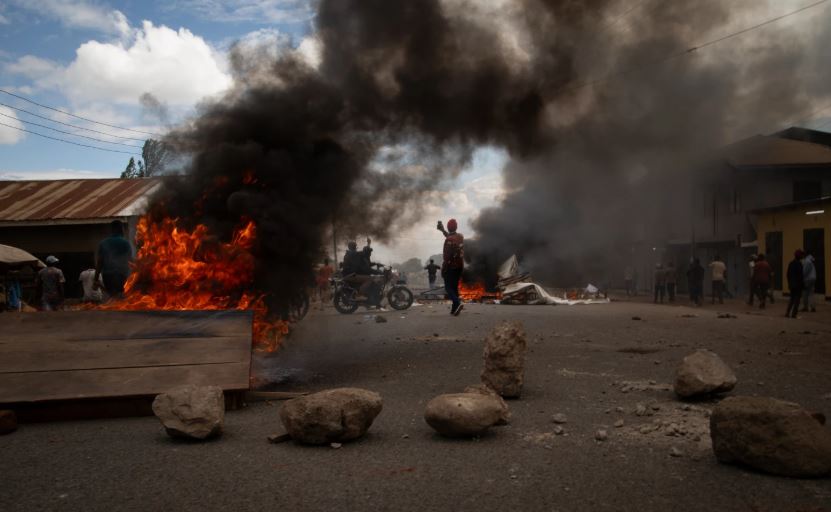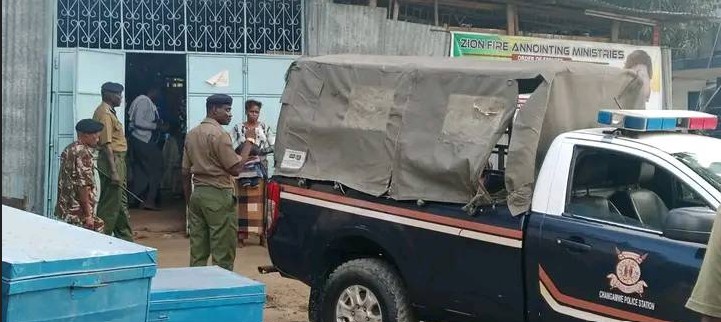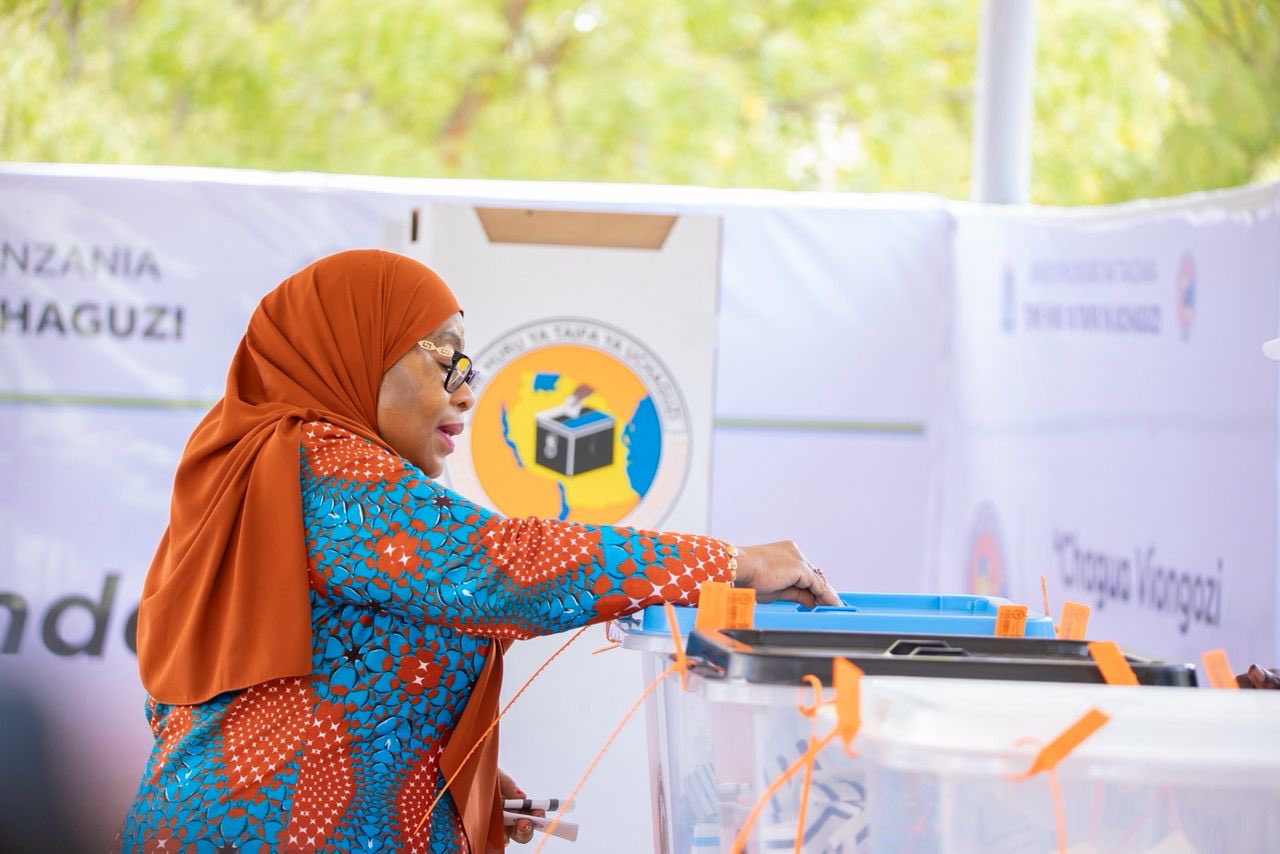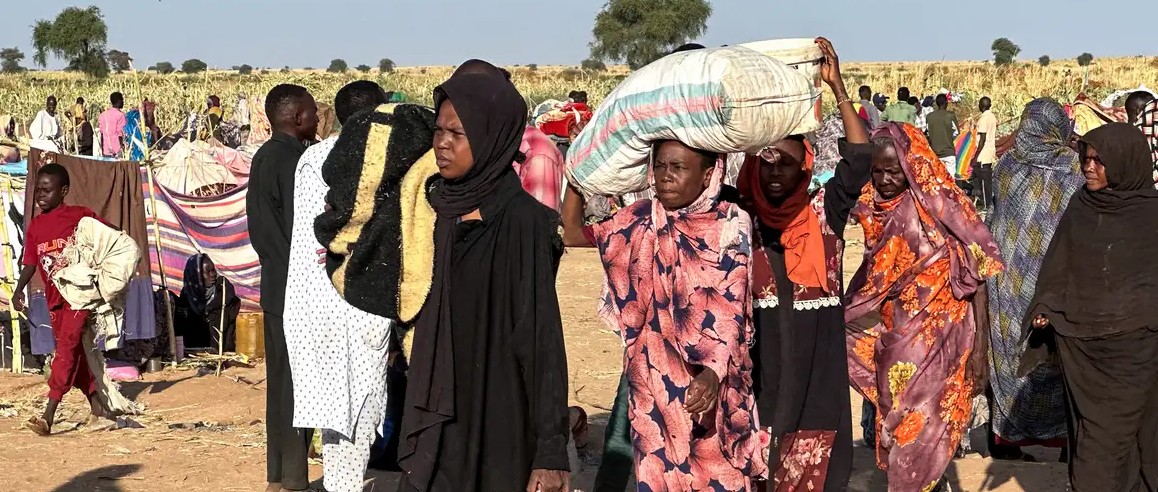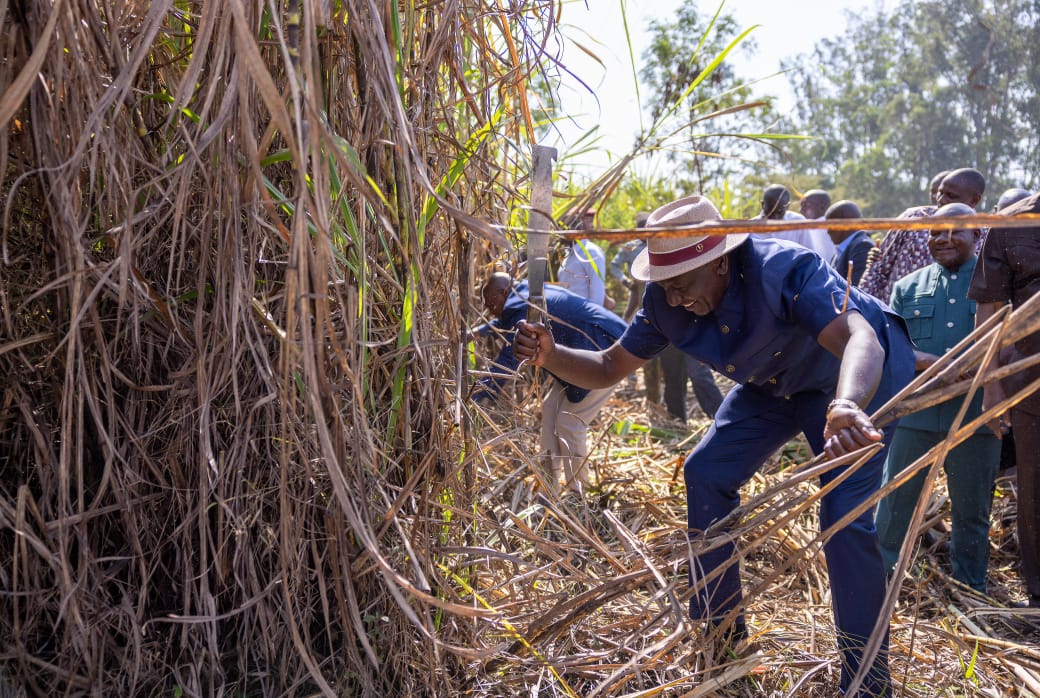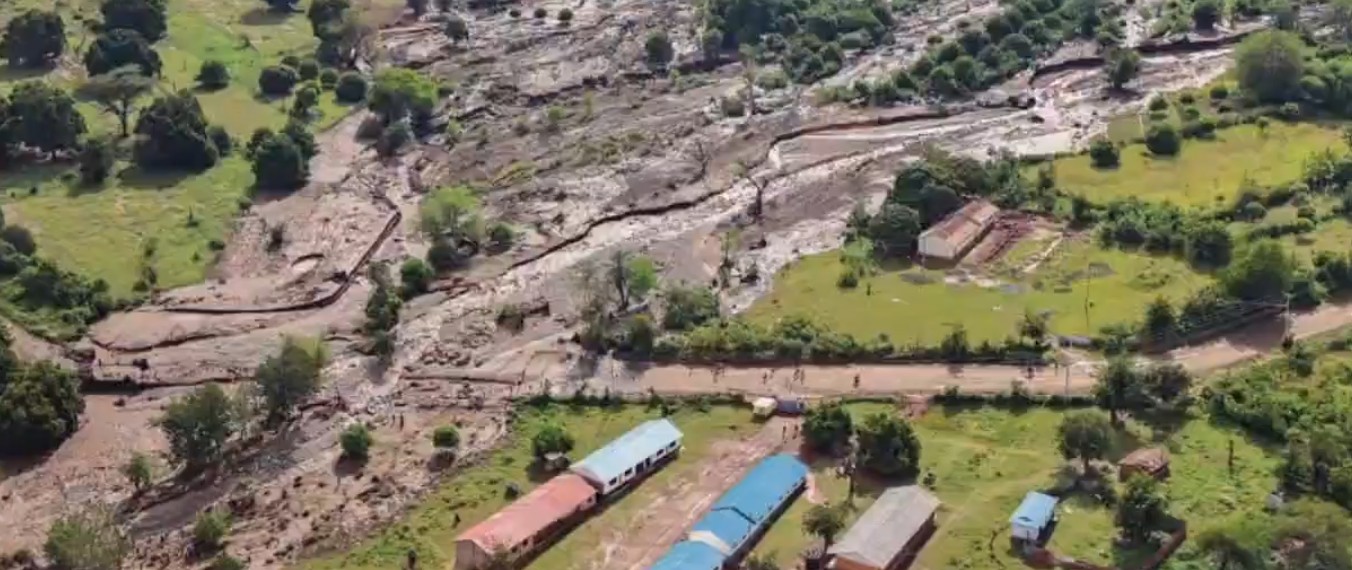Sudan war: How national treasures were stolen from Museum
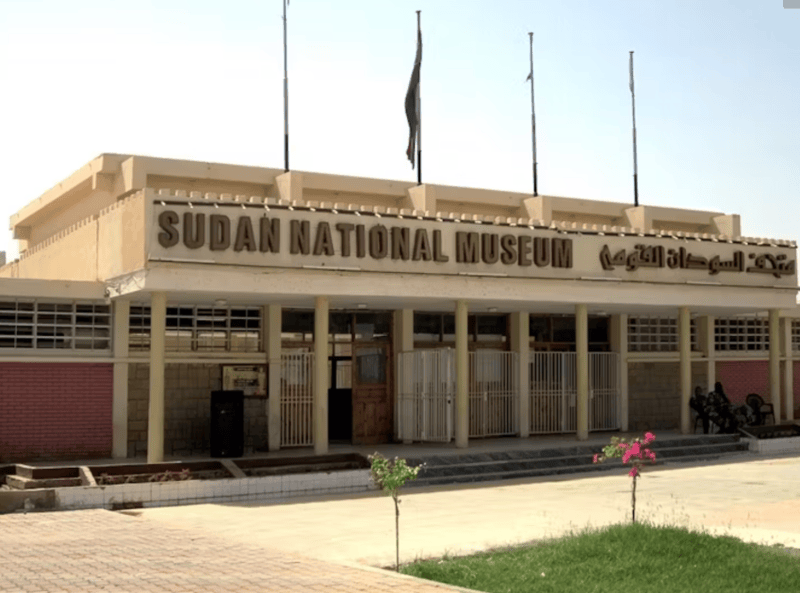
The museum, in the midst of the warzone and in an area controlled by the RSF, has suffered from the “fog-of-war”. This means that very little clear information is escaping from behind RSF lines about what is happening inside the museum.
In September, amid the ongoing war in Sudan, reports began to surface of the looting of the Sudan National Museum in the capital, Khartoum.
The museum is internationally celebrated for the breadth of its collection. It illustrates powerful and unique African kingdoms from the ancient and medieval past in a world stretching from the sands of the Sahara to the grasslands of the Sahel.
More To Read
- Famine declared in Sudan as war, economic collapse push millions to the brink
- Only a few civilians escape as RSF violence ravages Sudan’s El-Fasher, leaving thousands trapped
- Pope Leo XIV appeals for end to Sudan conflict as thousands killed in El Fasher
- Foreign ministers decry 'apocalyptic' atrocities in Sudan
- MSF denounces atrocities in El Fasher, urges immediate action to aid trapped civilians
- Sudan war: Could involved foreign powers stop the war there?
Its artefacts range from the distant stone age, to one of sub-Saharan Africa’s earliest metropolises in Kerma (2500-1500 BCE), to the extraordinary objects of the Kushite empire (800 BCE-350 CE). There, powerful kings built large stone temples, cities, and fields of pyramids.
The collection chronicles millennia of change under various rulers, religions and climatic regimes. It contains whole temple edifices, colossal statues of Kushite kings, and mysterious inscriptions in the undeciphered Meroitic language.
The museum is also famous for its medieval Christian frescoes and inscriptions from Islamic sultanates. These unique artefacts put a spotlight on the untold stories of Christianity in Africa and the arrival of Islam. It’s a museum communicating a thousand diverse stories.
The looting was reported to have taken place at the hands of the Rapid Support Forces (RSF). They are an armed militia who have became an increasingly powerful force.
Since April 2023 they’ve been locked in open hostilities with the Sudanese Armed Forces after negotiations between the two groups broke down in the wake of the ousting of former dictator Omar al-Bashir. The RSF has captured large parts of the country including much of Khartoum.
The museum, in the midst of the warzone and in an area controlled by the RSF, has suffered from the “fog-of-war”. This means that very little clear information is escaping from behind RSF lines about what is happening inside the museum.
One of the few events that is known is from a video posted to social media by RSF fighters in June 2023. It shows them breaking into the museum’s bioarchaeological lab where ancient human remains were stored and analysed. The museum was being renovated before the conflict, so many of the objects were packed away and put in storerooms. These were possibly looted but this cannot be determined.
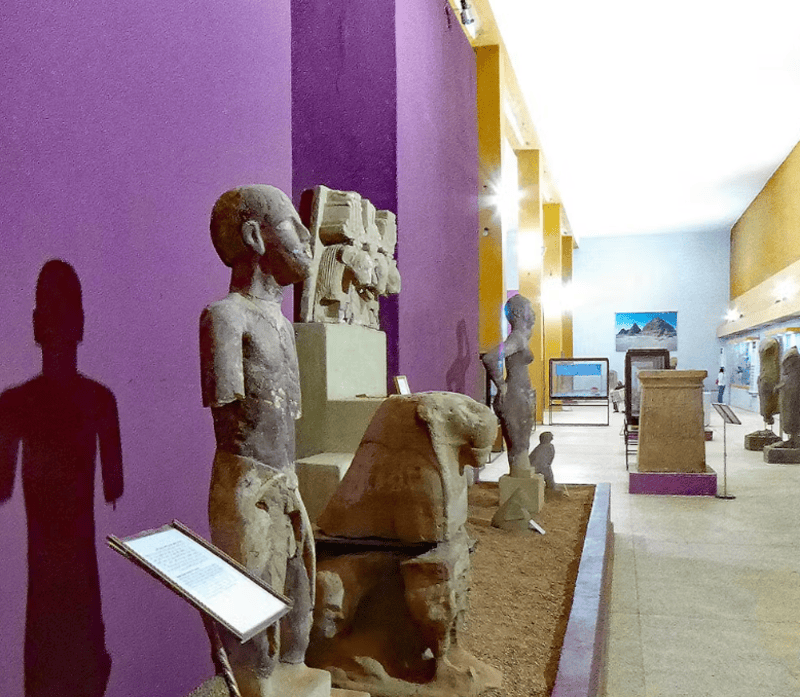 Inside the museum, before the war. Hans Birger Nilsen/Wikimedia Commons, CC BY-SA
Inside the museum, before the war. Hans Birger Nilsen/Wikimedia Commons, CC BY-SA
The reported looting is in violation of international law, which considers museums protected spaces in times of war. This is a status even non-state actors like the RSF are technically supposed to respect.
One of the major concerns now is that looted objects will be smuggled out of the region and sold on the antiquities market. This is what happened when Isis fighters ransacked the Mosul Museum in Iraq in 2014.
While it’s difficult to say for certain, given the proximity of Sudan and South Sudan (where the thieves were reportedly headed) to the Gulf, it’s possible the stolen objects will be smuggled there to be shipped to Europe, the US and Asia.
Smaller objects may even be sold online through auction sites and sent to buyers via couriers or even through the post. If these important artefacts are sold to private collectors, there is a chance they may disappear and never be returned.
Aware of this possibility, the United Nations has condemned the looting. It has urged all parties to respect cultural heritage, while calling on the art market to boycott the buying and selling of Sudan’s cultural heritage.
Other Topics To Read
We are archaeologists who study the region and also the sale and forgery of antiquities from it.
Concerned with the limited attention that has been given to this event in wider western media, we sat down with Dr Ikhlas Abdel Latief, Sudan’s director of Museums for the National Corporation of Antiquities and Museums, in Cairo, Egypt. We asked her about the impact of this episode.
Why is the museum important to the Sudanese people?
The Sudan National Museum is considered one of the most important museums in Sudan because it is the national museum. It contains significant collections spanning all eras of Sudanese history: starting from the Stone Ages (over 100,000 years ago) and the Kushite civilisation in its three phases (Kerma, Napata, and Meroë), along with the Egyptian presence in Sudan, the Christian period, and a minor section representing Islam through the Funj Sultanate/Kingdom.
It also holds the largest antiquities storage facility and serves as the primary repository for artefacts from all archaeological sites across Sudan, including those from ongoing excavations.
How does the theft make you feel as a museum expert?
The news came as a tremendous shock to me. I was overcome with profound sadness for the loss of our national identity through what the museum displays of an ancient civilisation and proud history – a story narrated through these curated exhibits and collections.
Do you have an estimate on how many objects were taken in the trucks?
(The theft involved) three large trucks which had been tracked by the Sudanese military intelligence from August 2023 and they were headed westward. Recently, a number of thieves were apprehended in the Republic of South Sudan with two of these trucks but only one statue was found with them, the rest being ordinary stolen goods. This suggests the stolen material has already entered distribution channels.
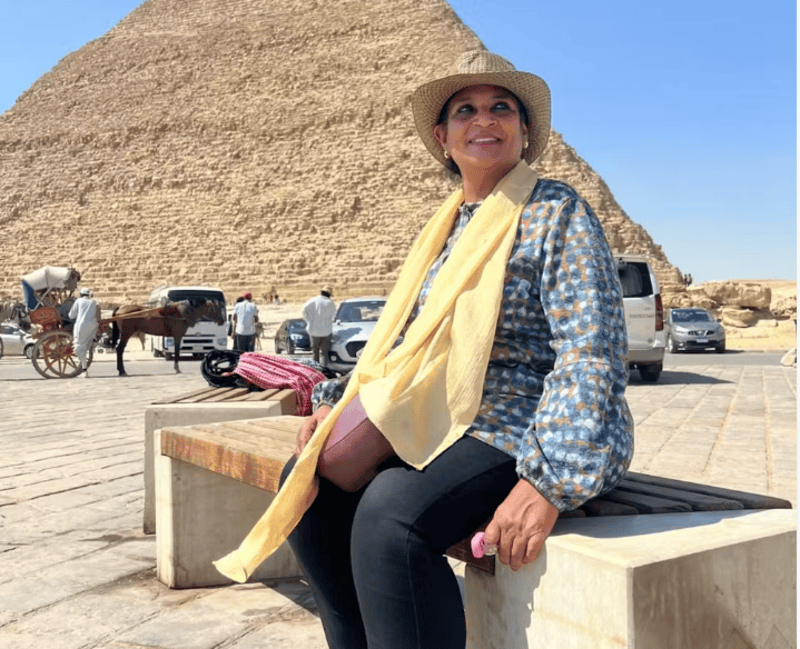 Ikhlas Abdel Latief, Sudan’s director of Museums for the National Corporation of Antiquities and Museums, in Cairo, Egypt.
Ikhlas Abdel Latief, Sudan’s director of Museums for the National Corporation of Antiquities and Museums, in Cairo, Egypt.
Do you think this material is being offered for sale already?
Although early reports on social media claimed to have found stolen objects on eBay, what is currently being offered does not appear to be from the recent thefts of the museum, but could be personal belongings.
What groups of objects would suffer the most in transport or from poor handling?
The majority of the statues, known as funerary statues, are produced from fragile materials and all of them have been stolen. These items are definitely at risk of breaking if not handled by experts.
Is this a common pattern so far in the conflict?
The looting of the Sudan National Museum is part of a wider trend of cultural destruction in the conflict. All the museums which are located in militia areas (under the Rapid Support Forces) are exposed to risk, and reports so far indicate that the Khalifa House Museum (Khartoum) and the Nyala Museum (Darfur) have also been subjected to destructive looting.
Attempts to recover the looted material are under way. Sudan’s General Authority for Antiquities and Museums is working with local and international police forces, including Interpol and Unesco, to identify and recover the objects. They ask anyone who identifies material they believe might have been looted to contact the Sudanese embassy in the country the material was seen in, as well as Interpol.
Ikhlas Abdel Latief and other officials continue to receive updates on threats to heritage at museums and archaeological sites across Sudan. With the current front just kilometres away from the Sudan National Museum it is likely that the extent of the looting will only really be known in the months to come.
Top Stories Today


